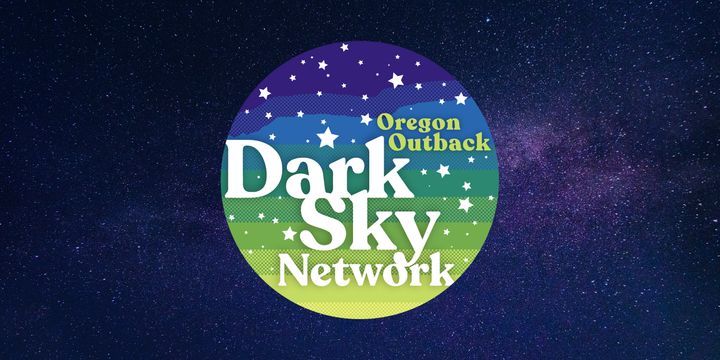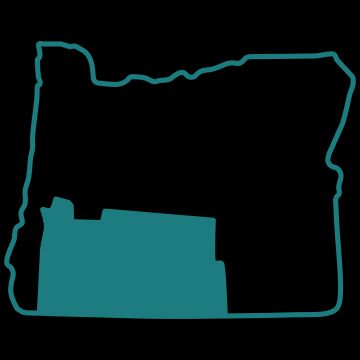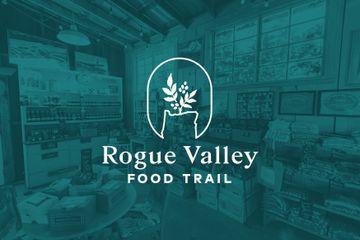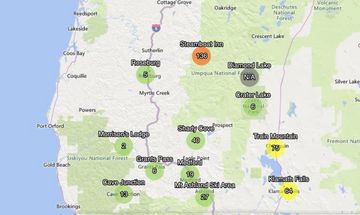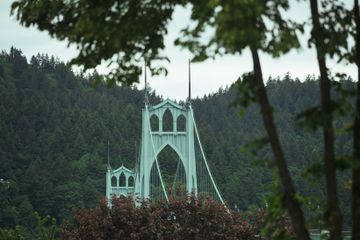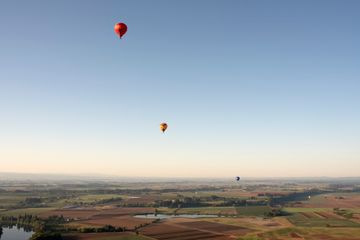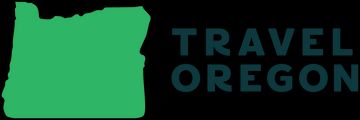The Oregon Outback Dark Sky Network (ODSN) is a voluntary grass-roots initiative to build an alliance of communities, businesses, local governments, ranchers, state and federal agencies, tribes, and Oregon Outback night sky enthusiasts to support a set of shared principles resulting in mutual community benefits and the long-term conservation of our starry night heritage.
Goals
The goal of Travel Southern Oregon’s (TSO) investment in Dark Sky Tourism in Lake County was three-fold:
- Bring a diverse group of community stakeholders, including regional government, federal land agencies, private landholders and ranchers, and local tourism businesses, together to gain a shared understanding of night sky tourism.
- Understand the regional challenges and opportunities of pursuing any formal nomination with the International Dark-Sky Association (IDA).
- Create a network of supporters and advocates that could serve as an organizing body to broaden and sustain these conversations, the Outback Dark Sky Network (ODSN).
Results
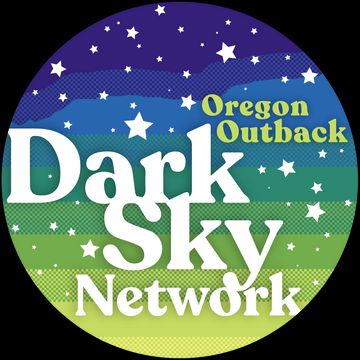
Successes in the investment came with on-the-ground community engagement — lunch discussions with teachers, elementary schoolchildren, ranchers, and U.S. Fish & Wildlife (USFW) staff at the Hart Mountain Store in Plush. Evening community meetings in Lakeview and the Paisley Community Center provided an opportunity to share a vision and get feedback about local concerns or opportunities.
A subsequent large “charette” at the Lakeview Bureau of Land Management (BLM) headquarters in March 2020, led by future ODSN contractor Dawn Nilson, engaged U.S. Forest Service, BLM and USFW staff in Lake County in a deeper discussion of available visitor assets on public lands, the need for good messaging to direct night sky visitors, and the sensitivity of public-land leaseholders and agencies to threats to their permits.
By early 2020, the Outback Dark Sky Network was formed. Bi-monthly meetings involved the full range of Lake County stakeholders and began to expand to include folks from Harney and Malheur counties (in Eastern Oregon) as well. TSO purchased three Sky Quality Meters (SQMs) to begin the process of data collection to document darkness per IDA guidelines and secured agreements to install them at Hart Mountain Antelope Refuge, the South Warner Mountains on USFS land, and at PLAYA on Summer Lake. This data collection will continue throughout 2021 and be used for a proposed final application for the Outback Dark Sky Sanctuary in winter of 2022.
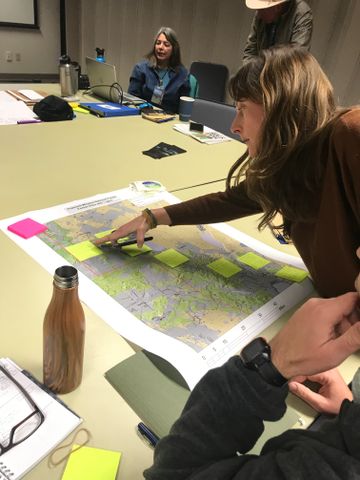
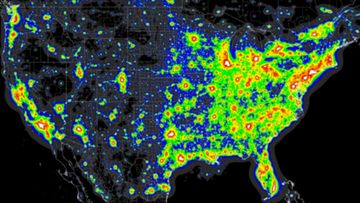
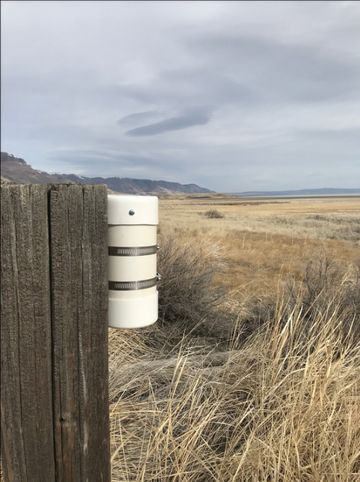
This modest TSO investment supported food, travel and lodging for all convenings and travel to Lake County to hold meetings. TSO purchased and installed data gathering equipment, engaged a graphic designer to create the ODSN logo, and created talking points for this work with its PR contractor to craft a relevant message for local and broader media.
The economic benefit of creating a destination asset in the remote South Central Oregon Outback is significant. By its very nature, night sky tourism involves overnight stays. Studies from the Colorado Plateau suggest a 300% increase in visitor spending from night sky tourists over those not participating in such activities. Economic impact is not tied to any kind of seasonality and available all year-round, including winter visitors. Tourism agencies have the ongoing responsibility to maintain good community engagement and dialogue to create messaging and publicity that is appropriate for engaged communities—and to help develop destination assets that benefit communities rather than burden them with excess traffic or unwanted behaviors.
As dark sky tourism grows in Oregon, the unique public-private partnerships cultivated in the years-long formation of the ODSN will serve as a model for regional community engagement and a partnership-based destination development effort between RDMOs and Travel Oregon as PR and marketing efforts begin to share and celebrate such unique destination assets.
